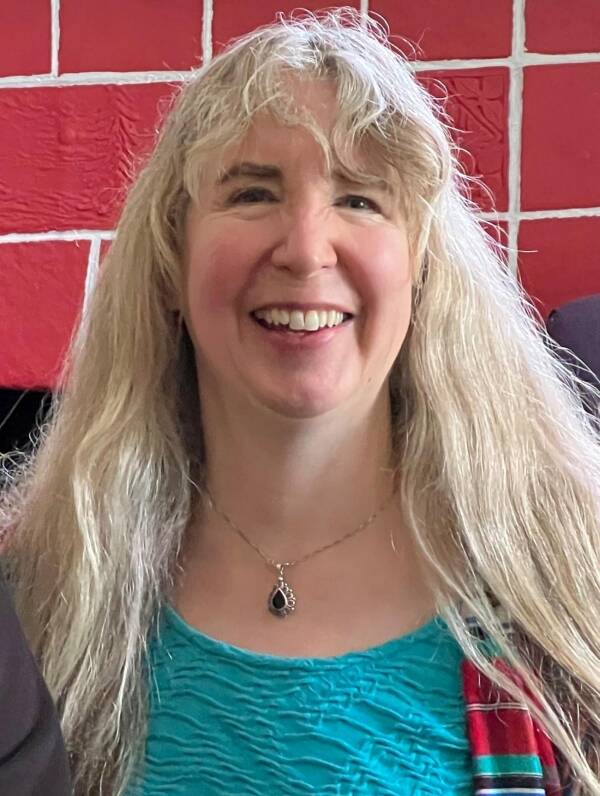Puget Sound Energy (PSE) has scheduled a public meeting to discuss wildfire risk management on Vashon-Maury Island on Tuesday, May 14 from 4:30 to 6:30 p.m. at Vashon Center for the Arts.
This is an important topic on our forested islands. PSE is expected to present on its fire-safe tree wire and the potential of planned power outages during high winds or other high-risk emergency conditions.
PSE is also currently pursuing a plan on the islands to comply with the King County clear zone program. This program requires infrastructure such as power poles to be moved 10 feet back from the edge of the roads for road safety.
PSE has sent some Vashon property owners letters requesting they sign legal paperwork to give PSE easement along the front of their properties — those easements would give PSE total control over any trees or vegetation within the involved areas which impede moving or maintenance of their power poles.
Some islanders have been told they will lose multiple trees. Trees are a significant buffer along the road line of many private properties. Trees and vegetation are also important carbon sinks, and they beautify as well as support wildlife on the island.
Meanwhile, wildfires in the modern era of climate change have intensified, frequently growing into horrendous catastrophes.
I will never forget a terrifying phone call with my sister while she fled Sonoma in October 2017. She couldn’t recognize the normal roads because much of the familiar infrastructure was gone, and both sides of the road were alight with fire while she drove through the night.
In my home state of California in 2020, the utility PG&E pleaded guilty to manslaughter for the Camp Fire, which killed at least 80 people and destroyed the town of Paradise. The fire, caused by PG&E’s faulty and poorly maintained power lines, cost many lives and billions of dollars.
There’s a solution to the power line question that would reduce the risk of wildfires and preclude the need for cutting down trees: Setting main power distribution lines underground.
Undergrounding is the process of moving sections of overhead power lines beneath the ground. This helps prevent wildfires, reduces power outages, improves reliability and drives long term affordability by decreasing line and tree maintenance and major storm responses. It eliminates the need to ever move power poles.
PG&E, for example, is now pursuing a plan to underground 10,000 miles of power lines. PG&E’s own modeling shows burying power lines reduces their risk of igniting wildfires by almost 99 percent.
In the Pacific Northwest, Bainbridge Island, one of our sister islands in Puget Sound, opted for this plan and has now undergrounded over half of their main power distribution lines (186 miles of 322 miles total).
Of course, there are high upfront costs, but we should also consider the savings — to life, property, our trees, and in the long-term, our pocket books, too.
One of the deep shortcomings of capitalism (and PSE is owned by financial investment companies and pension funds) is that we are trained to consider only short term monetary costs.
Much of global climate change mitigation and prevention will cost money, despite the ever decreasing costs of renewable energy sources, but what are the ultimate costs to our planet and all species if it’s not accomplished?
Using power outages to manage wildfire risk creates other risks — including for people who depend on power for electric medical equipment, air conditioning, and keeping food from spoiling.
Fire-safe tree wire is good, but it does not totally eliminate power outages due to wildfires or falling trees. Who hasn’t heard “Your outage was caused by a tree falling on the power line” from PSE during a power outage?
Jamie Martin, the Vice President of undergrounding at PG&E, said in 2022 that “one of our greatest lessons learned is that underground work can be done economically for customers, and I think that’s a big unlock, certainly for us internally at PG&E.”
“The magic of undergrounding,” Martin said, “is that it’s a one-time investment for permanent risk reduction.”
Why not bring that magic to PSE and Vashon-Maury Island?
Please consider attending the PSE meeting on May 14, and ask PSE some thorough questions. Vashon Island is known for thinking outside the box, and this is but one small example of how envisioning something better can lead to real change. After all, it’s working for Bainbridge.
Maia Syfers is a member of the Vashon Climate Action Group leadership team and a nurse practitioner.



